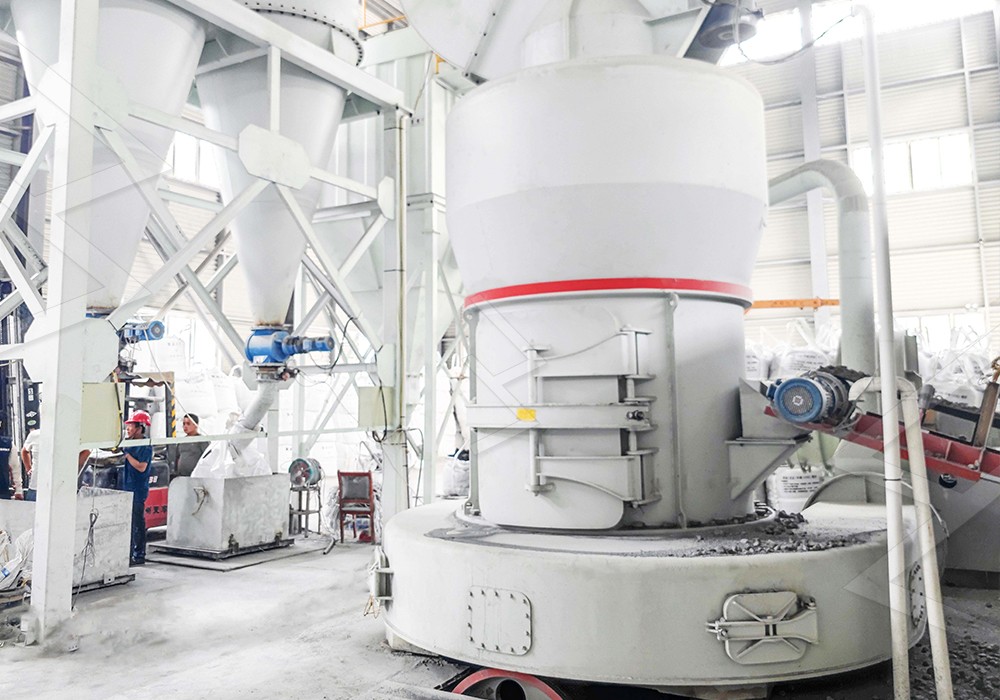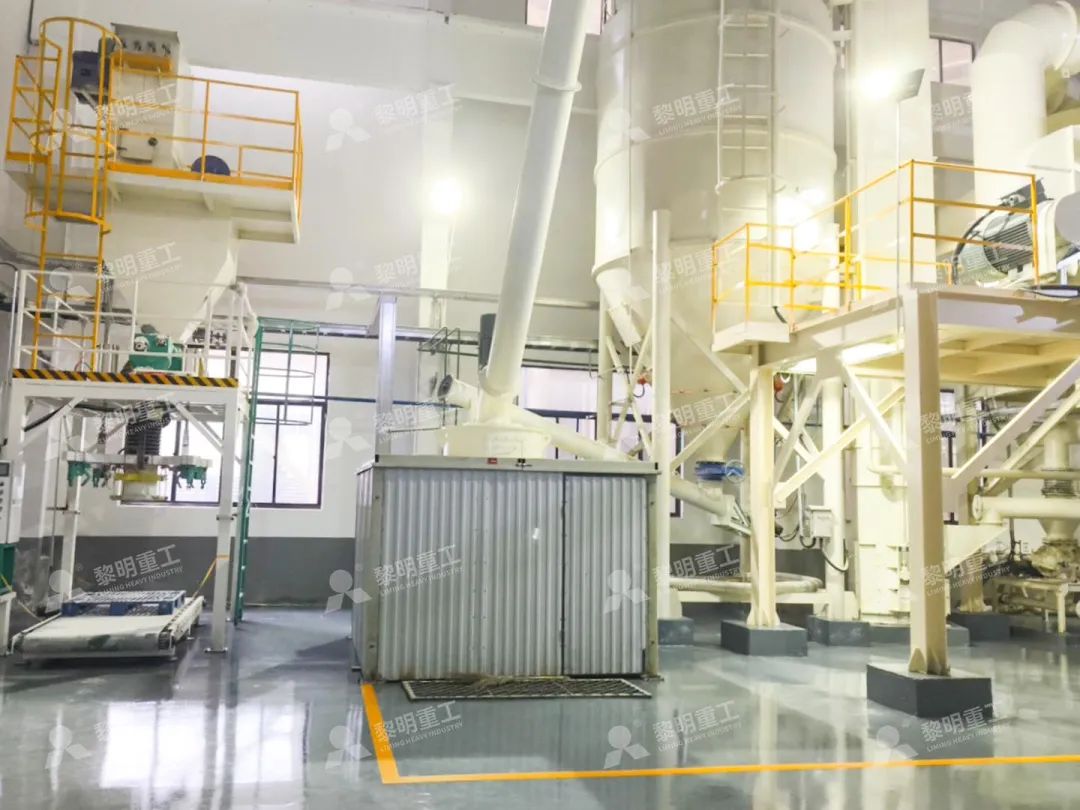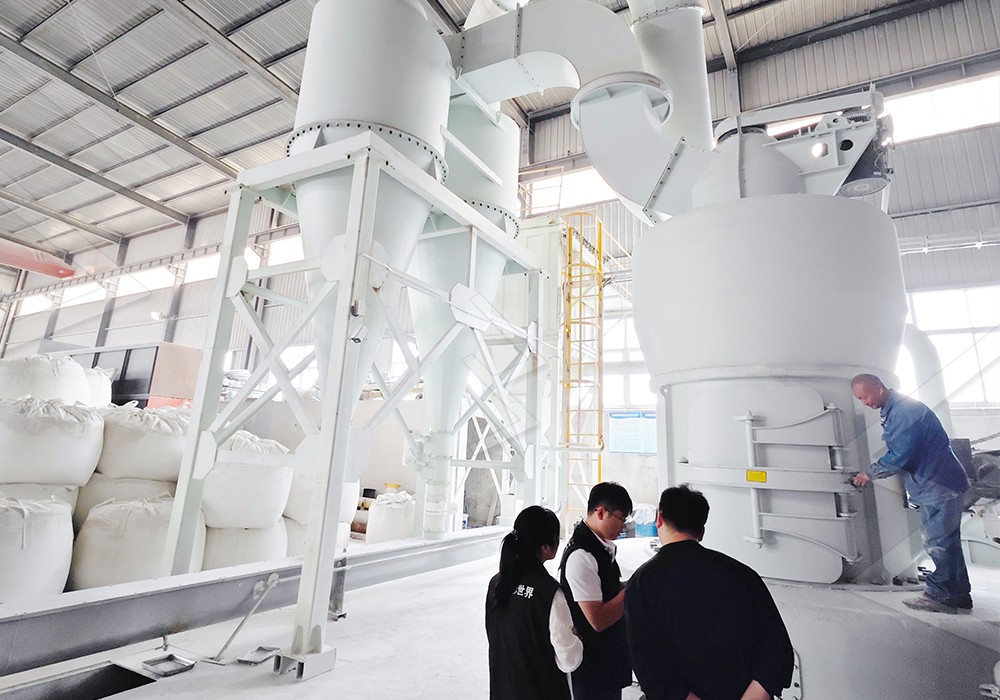How Much Does a Raymond Mill Cost? Dynamic Diagram & Equipment Price Guide
How Much Does a Raymond Mill Cost? Dynamic Diagram & Equipment Price Guide
As an industry professional with over 15 years of experience in mineral processing equipment, I’m often asked one question more than any other: “What’s the real cost of a Raymond mill?” The truth is, this is like asking “How much does a car cost?” – the answer depends entirely on your specific needs, production requirements, and long-term operational goals.
Raymond mills have been the workhorse of powder processing since their invention in the early 20th century, but modern technology has evolved significantly. Today’s market offers multiple grinding solutions, each with different price points and performance characteristics.
Understanding Raymond Mill Pricing Factors
The cost of a Raymond mill system typically ranges from $50,000 to $500,000+, with several key factors influencing the final price:
- Capacity Requirements: Production needs from 0.5-25 tph versus 3-340 tph dramatically impact equipment size and cost
- Material Characteristics: Hardness, moisture content, and abrasiveness determine wear part specifications
- Fineness Specifications: Achieving 325 mesh versus 2500 mesh requires different technological approaches
- Automation Level: Basic manual operation versus fully automated PLC control systems
- Environmental Compliance: Dust collection and noise reduction systems add to initial cost but reduce long-term regulatory risks

Beyond Traditional Raymond Mills: Modern Alternatives
While traditional Raymond mills remain popular for basic applications, many operations are upgrading to more advanced grinding technologies that offer better efficiency, lower operating costs, and superior product quality. Two standout performers in our product line have been transforming operations across multiple industries:
MW Ultrafine Grinding Mill: The Precision Performer
For operations requiring ultra-fine powder between 325-2500 meshes, our MW Ultrafine Grinding Mill represents a technological leap forward. With an input size of 0-20 mm and capacity ranging from 0.5-25 tph, this machine is engineered for customers who need to make ultra-fine powder without compromising on efficiency.
What sets the MW series apart is its innovative design that eliminates rolling bearings and screws in the grinding chamber – a common failure point in conventional mills. The cage-type powder selector adopts German technology, effectively increasing powder separation precision. In practical terms, users report production capacity 40% higher than jet grinding mills with system energy consumption only 30% of comparable equipment.

LUM Ultrafine Vertical Grinding Mill: The Efficiency Expert
Our LUM Ultrafine Vertical Grinding Mill combines the latest Taiwan grinding roller technology with German powder separating technology. Handling input sizes of 0-10 mm with capacities of 5-18 tph, this system integrates ultrafine powder grinding, grading and transporting into a single, highly efficient package.
The LUM’s double position-limiting technology prevents destructive impact during operation, while the reversible structure makes maintenance surprisingly straightforward. The unique roller shell and lining plate grinding curve generates material layers more effectively, achieving high rates of finished products through single-pass powder milling. Customers typically see energy consumption reductions of 30%-50% compared to common grinding mills.
Total Cost of Ownership: Looking Beyond the Price Tag
Smart buyers consider the total cost of ownership, not just the initial equipment price. Our digitalized processing ensures higher precision across all product lines, with tens of numerical control machine tools handling cutting, bending, planing, milling and paint spraying operations. This manufacturing precision translates to longer service life and more consistent performance.
Additionally, our comprehensive support network provides sufficient supply of spare parts and technical services, ensuring worry-free operation years after installation. The hidden costs of downtime and emergency repairs often exceed any initial savings from cheaper, less reliable equipment.

Frequently Asked Questions
What’s the typical lead time for Raymond mill delivery?
Standard models typically ship within 30-45 days, while custom configurations may require 60-90 days depending on specifications and current production schedule.
Can existing Raymond mills be upgraded to improve efficiency?
Yes, many components can be retrofitted, particularly powder separators and grinding rollers. However, complete system replacement often provides better long-term value.
How does the MW Ultrafine Grinding Mill handle different materials?
The MW series processes limestone, calcite, dolomite, petroleum coal, gypsum, barite, marble, talc, and various chemical industry materials including those for paint, cosmetics, medicine, and food additives.
What maintenance is required for the LUM Ultrafine Vertical Grinding Mill?
The LUM’s reversible structure allows easy access to grinding rollers for inspection and maintenance. Regular checks of grinding rollers and liner plates are recommended, with typical intervals of 800-1,000 operating hours.
Do you provide installation and commissioning services?
Yes, we offer comprehensive technical support including installation guidance, operator training, and commissioning assistance to ensure optimal performance from day one.
